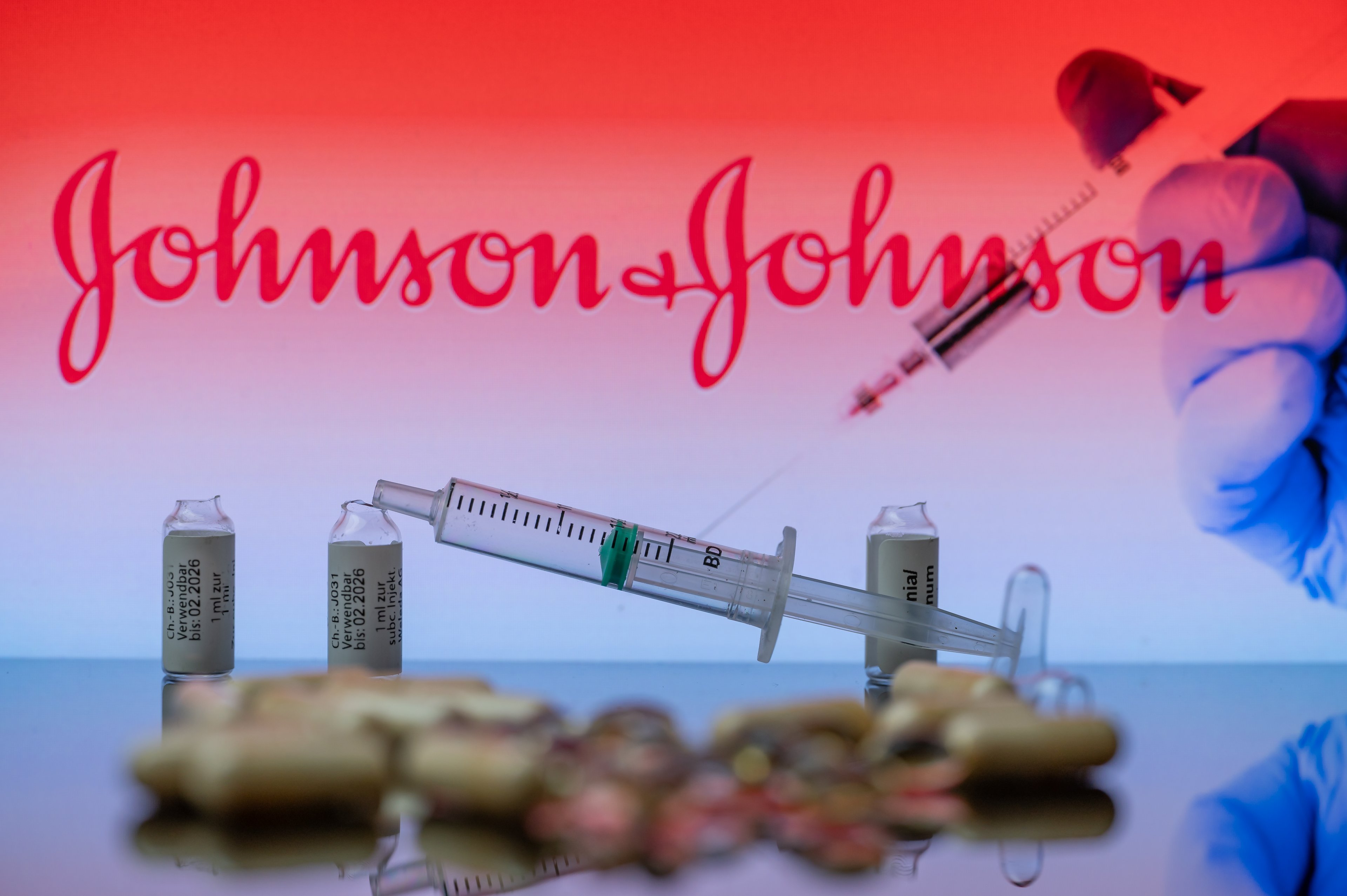Bad news: The 27 new drugs approved this year is a far cry from 2012's banner year for approvals, in which the Food and Drug Administration signed off on 39 drugs.
Good news: While the quantity might not have been there this year, we've still seen some high-quality drugs with blockbuster potential approved.
While there were many worthy candidates, here are my top three drug approvals from 2013.

Source: Biogen Idec.
Pop a pill
Biogen Idec's (BIIB +0.94%) Tecfidera was the third oral multiple sclerosis drug to hit the market, but it's been by far the most popular. Within just six months of entering the market, Tecfidera prescriptions surpassed Novartis' Gilenya, which was approved in 2010, and Sanofi's Aubagio, which had a six-month head start. With third-quarter sales of $286 million, Tecfidera is already on pace to reach the illustrious $1 billion blockbuster status.
Tecfidera succeeded where Sanofi and Novartis couldn't mainly because of its strong safety profile. Beating Teva Pharmaceutical's injecteable Copaxone in a head-to-head trial certainly helped, but being just as good as Copaxone would have been enough since Tecfidera is taken orally.

Source: Isis Pharmaceuticals.
Losing the battle, but winning the war
Isis Pharmaceuticals' (ISIS 1.47%) Kynamro probably isn't going to reach blockbuster status anytime soon, if ever. The drug treats a rare disease that causes patients to have dangerously high cholesterol levels. And it appears Aegerion Pharmaceuticals' Juxtapid, which was approved in late 2012, will take most of the market.
But the approval makes the top three for 2013 because Kynamro is the first second-generation RNA antisense drug to be approved. Rather than acting on the protein level to inhibit targets, RNA antisense drugs act upstream of protein synthesis, promoting RNA degradation, which lowers the expression of the protein.
Isis had to overcome many challenges to develop the second-generation product -- Vitravene, the first RNA antisense drug, was approved in 1998 -- and now the platform can be applied to any target that needs to be inhibited to treat a disease. The flexibility is obvious in the 25+ drugs that Isis has in its pipeline.

Source: Gilead Sciences.
Two-for-one
A joint honor goes to hepatitis C drugs from Johnson & Johnson (JNJ 0.66%) and Gilead Sciences (GILD +0.36%). Gilead's Sovaldi is arguably the better drug, but Johnson & Johnson gets honorable mention for Olysio.
Neither drug is going to reach its full potential on its own. For both drugs, patients infected with genotype 1 hepatitis C virus need to take pegylated interferon, which must be injected and has nasty side effects.
Ultimately, a cocktail of drugs will be the standard of care. There's evidence that Sovaldi and Olysio might work together without interferon, but the combination hasn't been endorsed by the FDA. The first FDA approvals will come from combinations being tested in phase 3 trials; Gilead has a cocktail that includes Sovaldi and AbbVie has a cocktail of its own, leaving Johnson & Johnson out in the cold.













